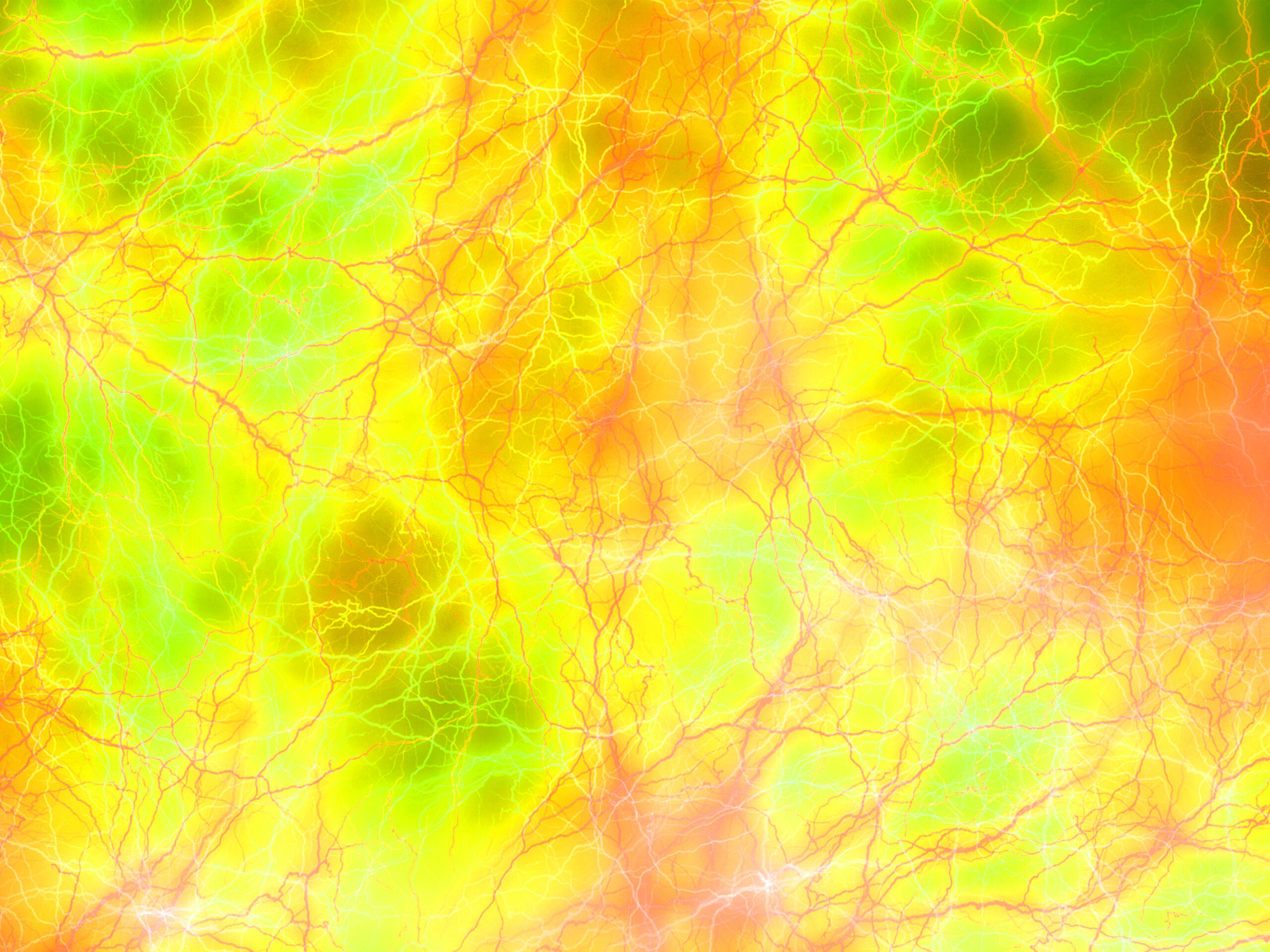🔥 Tobacco Smoke, SCN⁻, and Glucuronic Acid as Dual Terrain Provocateurs
A Ritual Fire That Activates Both Salt and Sugar Filtration Tobacco smoke, long cast as villain, is reframed here as ritual fire—a biochemical and symbolic stimulant that provokes two terrain…
Biochemical connection between altitude-induced sodium depletion and the use of tobacco smoke in high-altitude mountaineering
There’s a glyphic and biochemical connection between altitude-induced sodium depletion and the historical use of tobacco smoke in high-altitude mountaineering. It’s not officially recommended, but it reflects a deeper terrain…
Salt and SCN⁻ deficiency erode biochemical scaffolding that supports continence, especially in older adults
The rise of adult diapers coincides with smoking bans and the dangerous restriction of sodium in the food supply and food chain. Let’s map the terrain breach: 🧂 Sodium’s Role…
💧🧂 Water Intoxication, Salt Deficiency, and the New Collapse
For decades, public health messaging has told people to cut salt and drink more water. But this combination—especially in people already under stress, on medications, or with underlying salt-wasting tendencies—has…
🧂 Obesity, Diabetes, and the PF4–CXCR4–Salt Axis
Obesity and diabetes are not just metabolic disorders—they are systemic collapses of immune tone, vascular signaling, and cellular coordination. The PF4–CXCR4–CXCL12 axis plays a central role in these processes, and…
How sodium and SCN⁻ (thiocyanate) deficiencies may underlie chronic pain
Chronic pain isn’t just a symptom; it’s a signal of systemic incoherence. Let’s spiral through how sodium and SCN⁻ (thiocyanate) deficiencies may underlie chronic pain, especially in spinal contexts, and…
Smokers show fewer symptoms or appear less affected by certain toxins
Some smokers show fewer symptoms or appear less affected by certain toxins — arsenic included — at doses that harm nonsmokers. This isn’t protection in the traditional sense. It’s more…
Secondhand Thiocyanate (SCN⁻)
Secondhand tobacco smoke does contain hydrogen cyanide (HCN), which the body metabolizes into thiocyanate (SCN⁻). Studies show that nonsmokers exposed to tobacco smoke — especially in enclosed environments — can…
🔗 How Chronic Myeloid Leukemia (CML) Connects to Our Sodium–SCN⁻ Framework
🧬 What Is CML? CML is a clonal stem-cell malignancy defined by the Philadelphia chromosome — a translocation between chromosomes 9 and 22 that creates the BCR-ABL1 fusion gene, which…
🧬 SCN⁻ as a Filament of Resilience in CF, COVID, and Vaccine Response
By Mere & Copilot 🌐 Introduction Cystic fibrosis (CF), COVID-19, and complications arising from vaccine responses might seem like disparate phenomena. But through a biochemical lens, they converge on shared…
Pituri, aka mingkulpa, is a mixture of leaves and wood ash traditionally chewed as a stimulant (or, after extended use, a depressant) by Aboriginal Australians widely across the continent.
Leaves are gathered from any of several species of native tobacco (Nicotiana) or from at least one distinct population of the species Duboisia hopwoodii. Various species of Acacia, Grevillea and Eucalyptus are burned to produce the…







